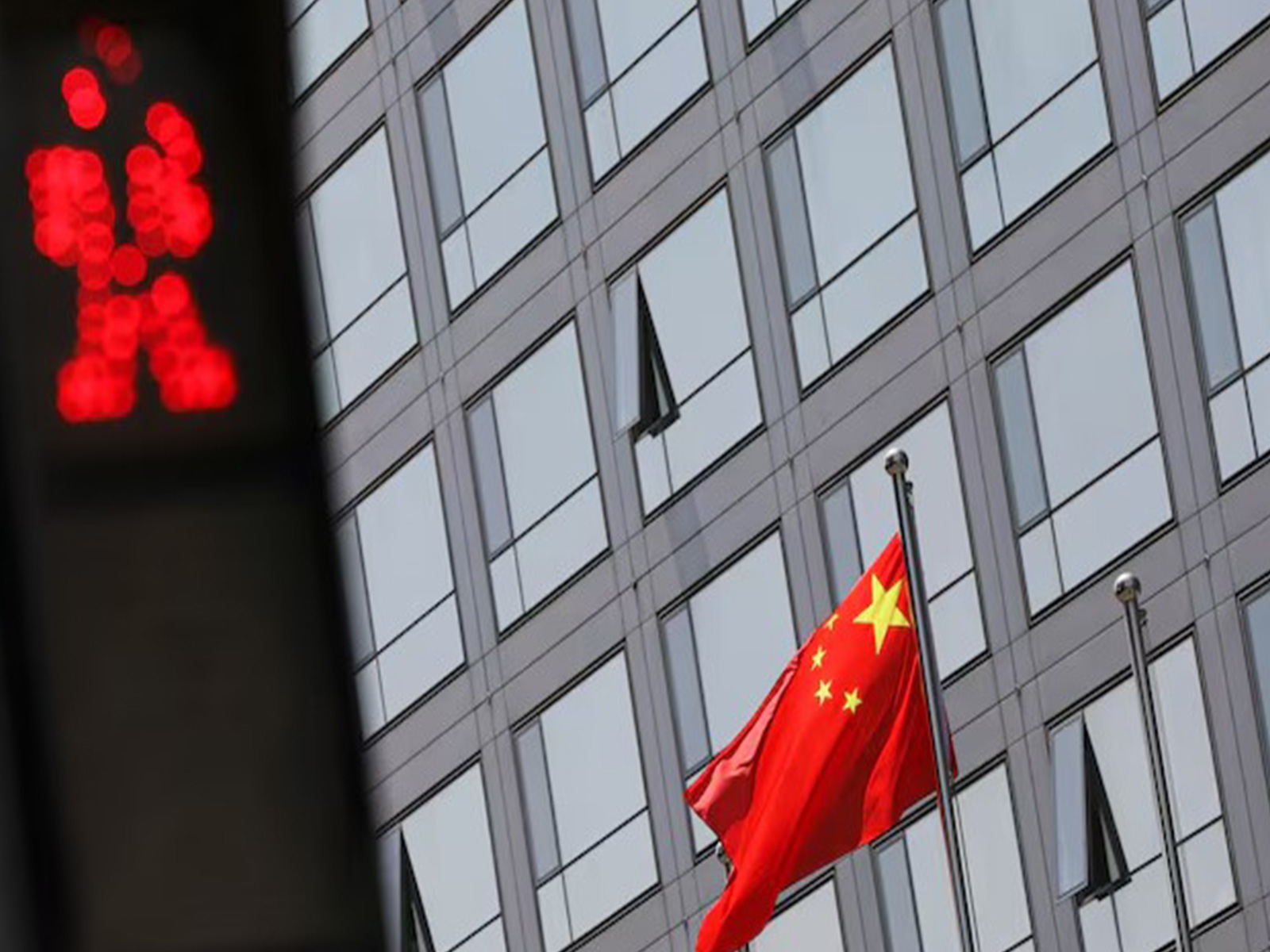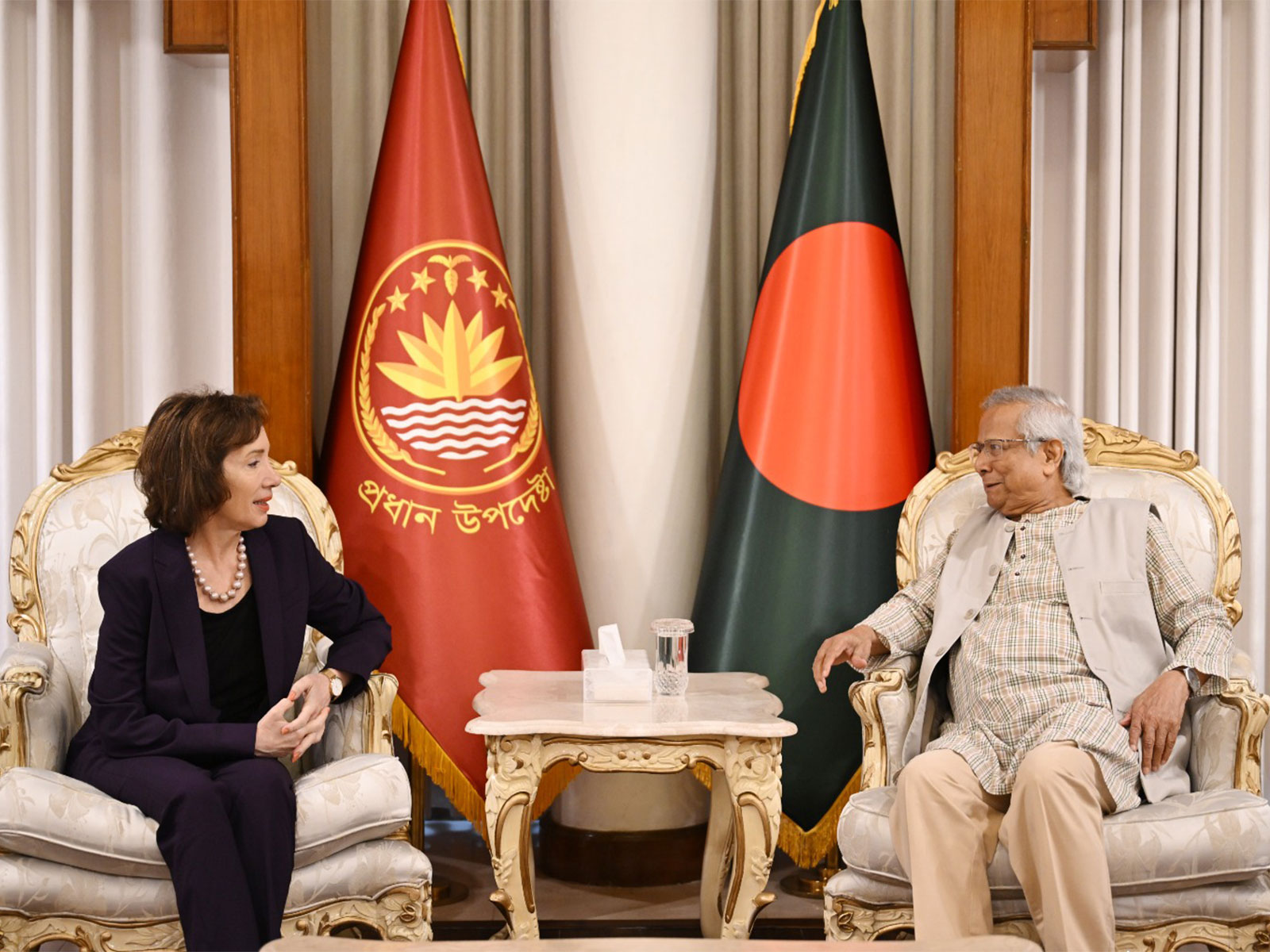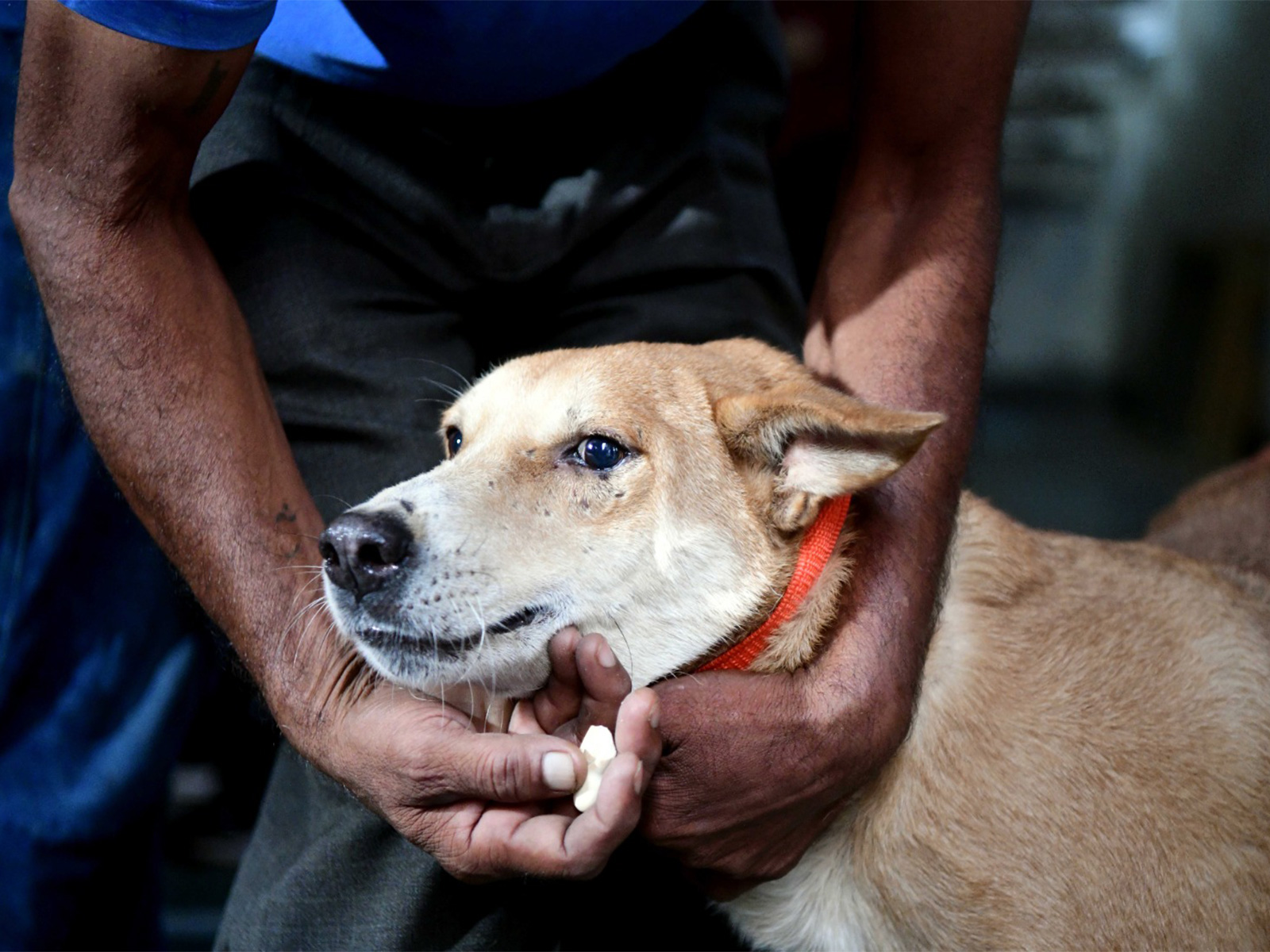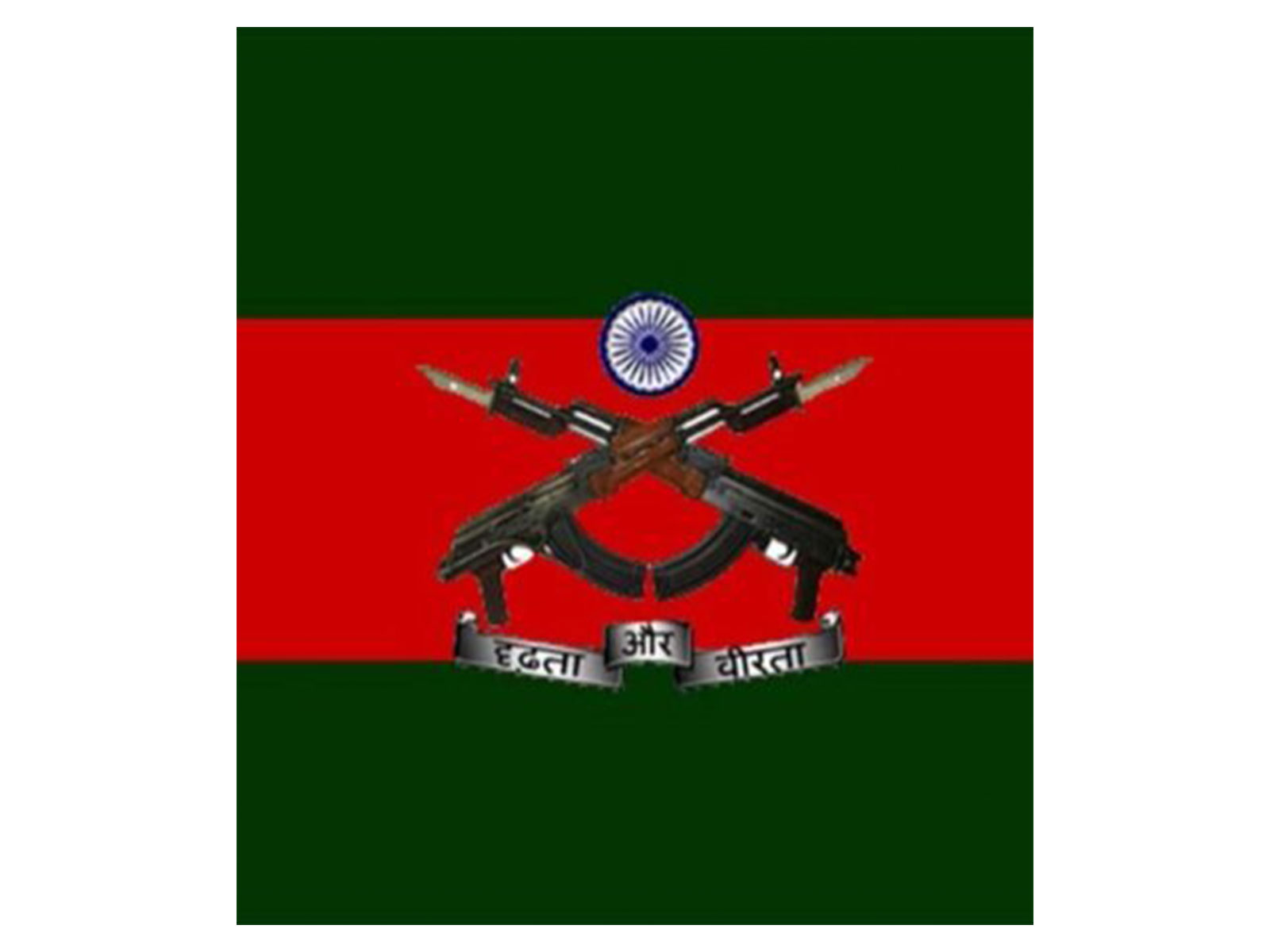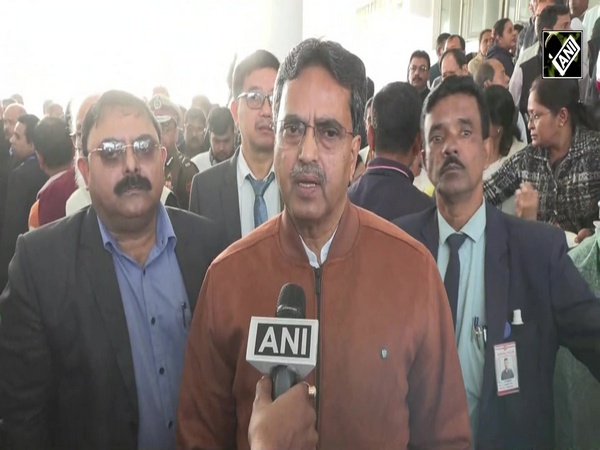Nepal's Pokhara Airport faces hurdle due to payload issues
Jan 27, 2023

Kathmandu [Pakistan], January 27 : Nepal's Pokhara International Airport, which was inaugurated by Prime Minister Pushpa Kamal Dahal on January 1 faces hurdles due to payload issues, writes Sangam Prasain, a Business Editor at The Kathmandu Post.
A preliminary report shows that narrow-body jets like the Airbus A320 and A319 have payload issues due to obstacles near the airport, which is a 25-minute hop from Kathmandu.
Pokhara International Airport is intensely photogenic, but not much else. It could turn into a USD 215.96 million white elephant, said Prasain.
Airports have load restrictions determined by obstacles, runway length, temperature, quality and other factors.
According to officials at the Civil Aviation Authority of Nepal and some pilots whom the Post talked to, the preliminary report has shown a payload penalty ranging from 5-10 tonnes, depending on the temperature and distance.
The permissible load for an A320 is 77 tonnes, but an A320 taking off from Pokhara will be allowed to carry a maximum load of only 68 tonnes, according to two pilots familiar with the preliminary report.
"This will prevent narrow-body jets from flying at full capacity at the new airport," they told The Kathmandu Post.
The maximum permissible weight of a passenger on an international airline is 75 kg.
This means the A320, which has a seating capacity of 158, will have a payload penalty of five tonnes or 5,000 kg if the temperature is 25 degrees Celsius. If the temperature rises to 35 degrees Celsius, the payload penalty would go up to 10 tonnes or 10,000 kg, said Prasain.
However, the payload depends on the distance. According to the pilots who have analysed the report, airlines are not required to reduce the number of passengers if the flight time is below 1 hour and 20 minutes.
For flights longer than 1 hour and 20 minutes, airlines will be able to sell less than 50 per cent of the available seats.
"While taking off, we should consider that we are flying on a single engine, and the load is determined accordingly. So if there are obstacles, we need to reduce the load to climb," according to a senior captain at Nepal Airlines.
"The plane should ensure a minimum climb gradient. This load should be reduced. Under certain circumstances, a 180-degree turn is the greatest life-saving manoeuvre at any airport. Pokhara, however, doesn't allow that option."
Moreover, there is no possibility of expanding the airport as it sits in a narrow valley at an altitude of 800 metres above sea level, said Prasain.
The runway is 45 metres wide and 2,500 metres long and has an east-west orientation. It can handle only medium-range commercial aircraft such as the Airbus A320, Boeing 737 and Boeing 757.
According to an official at Nepal Airlines, who wished not to be named, load restriction means that airlines either incur a loss while flying to Pokhara or jack up the fares to compensate for 50 per cent of the seats which have to be left empty.
"Reducing fuel is an option, but this is feasible only on short flights. On long-haul flights, you have to carry extra fuel."
When flying to Pokhara, the pilot said, you need to carry contingency fuel in case of unforeseen circumstances such as changes in the weather, route changes due to air traffic constraints, holding and other reasons.
Moreover, the airport has also been examined in a broader geopolitical context.
The construction was bankrolled by China, and a day before the inauguration of the new airport, Beijing sent a clear message about its influence in Nepal, dragging the project into yet another geopolitical chessboard, reported the Post.
The Chinese Embassy wrote on its Twitter account, "[Pokhara airport] is the flagship project of the China-Nepal Belt and Road Initiative (BRI) cooperation."
The Nepali government officials, to whom the Post talked, responded that the project had been envisaged before the BRI even existed.
Also, another official at Himalaya Airlines, a Nepal-China joint venture, said that flying to Pokhara airport is not commercially viable, reported the Post.
Nepal is already an expensive destination for tourists due to its tax policies.
The civil aviation authority had recently increased the passenger service charge nearly fourfold for Indian tourists and threefold for other tourists.
The report also said that the new facility would make the civil aviation body bear financial losses.
"While tourists are reluctant, airlines too hesitate to operate in Nepal," according to an official at an international airline. "The new airport in Pokhara is definitely expensive. It could be another white elephant."

